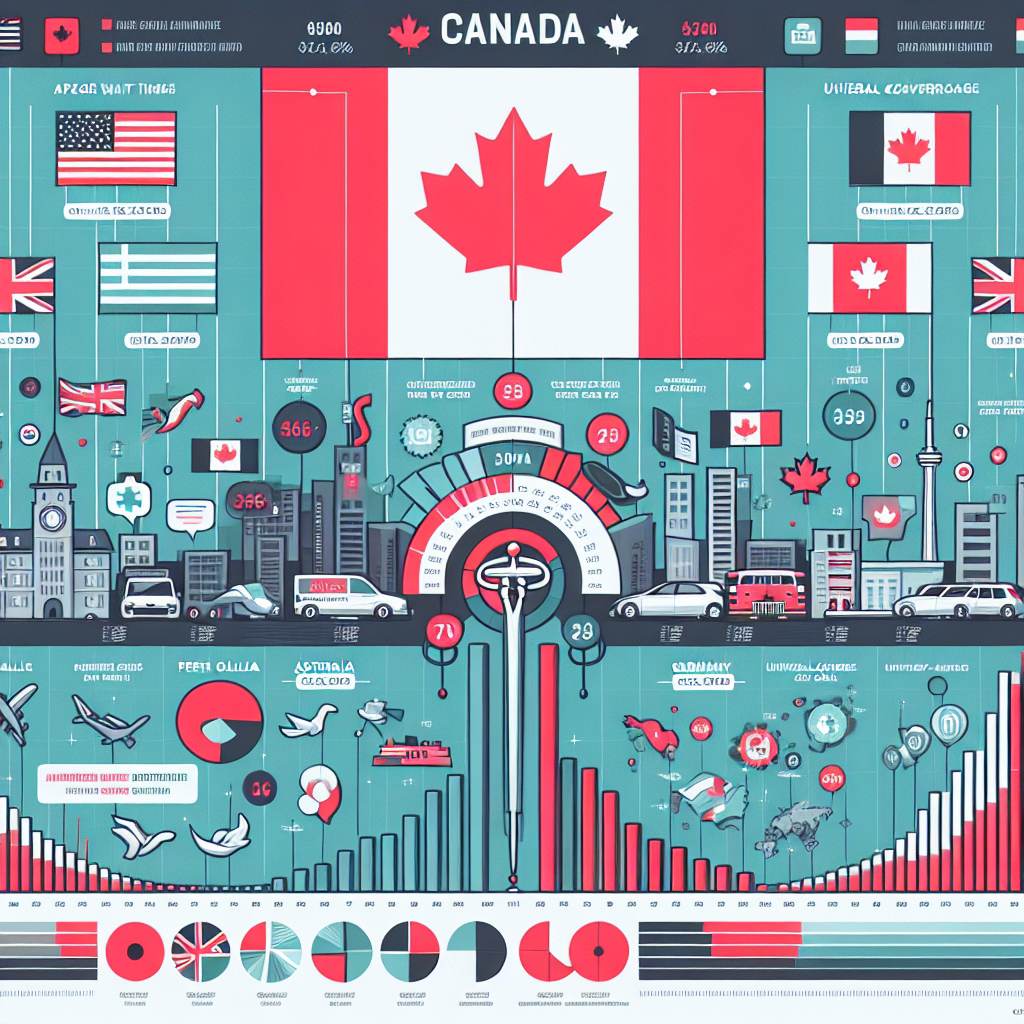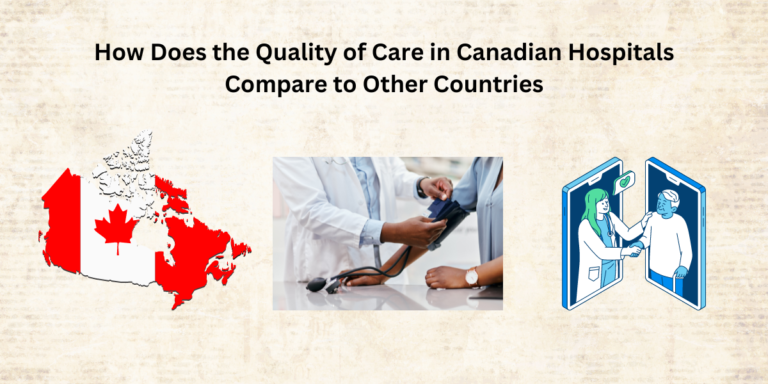Comparing the Canadian healthcare system to others
The Canadian healthcare system, known for its universal coverage and publicly funded model, is often the subject of comparison with healthcare systems around the world. While it has its fair share of praise, there are also critiques that highlight areas for improvement. In this article, we will delve into the specifics of the Canadian healthcare system, contrasting its strengths and weaknesses against other global healthcare models to provide a comprehensive understanding of health policy implications.
What Makes the Canadian Healthcare System Unique?
At the heart of the Canadian healthcare system lies the Health Act of 1984, which set the standards for the health care services provided to Canadian citizens. The Act emphasizes public administration, comprehensiveness, universality, portability, and accessibility. These principles ensure that all residents have access to necessary hospital and physician services without direct charges at the point of care.
Fundamentals of the Canadian Healthcare System
- Publicly Funded: The system is mainly funded through taxes collected by both the federal and provincial governments.
- Universal Coverage: Every citizen and legal resident is entitled to the same level of care.
- Portability: Coverage is maintained across provinces and territories, allowing mobility of residents.
- Administered by Provinces: While the federal government sets the standards, each province and territory is responsible for managing and delivering healthcare services to their populations.
Pros and Cons of Canadian Healthcare
Pros:
- No direct costs at the point of care for core health services.
- Universal coverage reduces health disparities.
- Lower administrative costs compared to private insurance-based systems.
Cons:
- Potential long wait times for certain elective procedures.
- Limited coverage for prescription drugs, dental care, and other non-hospital services.
- Variability in services between provinces and territories.
How Does the Canadian Healthcare System Compare Internationally?
To understand the Canadian healthcare system in a global context, it’s informative to compare it with other countries’ systems, each with its own set of policies and outcomes.
Comparison with the United States
One of the most common comparisons is between Canada and its southern neighbor, the United States. The U.S. healthcare system is largely based on private insurance and has no universal health coverage mandate. This leads to a significant portion of the population without health insurance or with inadequate coverage.
Key Differences:
- Insurance Model: The U.S. relies on private health insurance, while Canada offers a single-payer, publicly funded model.
- Costs: Americans often face high out-of-pocket expenses, whereas Canadians do not pay directly for most healthcare services.
- Access to Care: While the U.S. has more healthcare providers per capita, access is often limited by insurance coverage. In contrast, Canadians generally have equal access to services, though wait times can be a concern.
Comparison with the United Kingdom
The United Kingdom’s National Health Service (NHS) is another well-known example of a publicly funded healthcare system. Similar to Canada, the NHS provides healthcare that is free at the point of use for residents.
Key Differences:
- Scope of Services: The NHS covers more services, including prescriptions and some dental care, which are not universally covered in Canada.
- Funding: The NHS is funded through general taxation, and healthcare delivery is the responsibility of four different health services, one for each constituent country of the UK.
- Governance: While both systems are publicly funded, the NHS is a single, centralized entity, whereas Canadian healthcare is managed at the provincial level.
Comparison with European Systems
Many European countries have health systems that blend public and private roles. Countries like Germany and France have insurance-based systems that are heavily regulated to ensure universality and solidarity.
Key Similarities and Differences:
- Mandatory Insurance: Unlike Canada’s tax-funded model, insurance is mandatory in many European countries, though it is often heavily subsidized and regulated.
- Private Sector Role: The private sector plays a more significant role in service delivery in Europe, compared to Canada’s predominantly public system.
- Choice of Providers: European systems often provide more choice of providers and shorter wait times for elective procedures.
Evaluating Performance: Health Outcomes and Efficiency
When comparing health systems, it’s crucial to consider performance metrics such as health outcomes and system efficiency.
Health Outcomes
Canada generally fares well in terms of life expectancy and other health indicators when compared to the U.S. However, some European countries with more comprehensive service coverage may outperform Canada in certain health metrics.
System Efficiency
The Canadian system is relatively efficient due to its low administrative costs, but wait times for some services can be a downside. In contrast, the U.S. system is often criticized for its high costs and inefficiencies, whereas European countries balance cost and efficiency with varying degrees of success.
Challenges and Innovations
Despite its strengths, the Canadian healthcare system faces challenges such as funding sustainability and service disparities. Innovations in policy and delivery, including the integration of technology and patient-centered care models, are being explored to address these issues.
Addressing Wait Times and Service Gaps
Initiatives to reduce wait times and improve service coverage, such as funding for targeted programs and partnerships with the private sector, are ongoing.
Embracing Technology
Telemedicine and electronic health records are examples of how technology is being harnessed to improve access and efficiency in the Canadian healthcare system.
Conclusion: The Future of Healthcare in Canada
The Canadian healthcare system, while not without its flaws, provides a strong foundation of universal coverage and equity. As health policy evolves, Canada continues to look to other countries for best practices and innovations that could enhance its system.
By learning from international comparisons and focusing on continuous improvement, Canada has the potential to address its challenges and maintain its reputation as a country with a commendable healthcare system.
In summary, the Canadian healthcare system stands as a model of public administration and universal coverage. Its comparison with other systems highlights the diversity of approaches to healthcare worldwide, each with unique advantages and limitations. As Canadians consider the future of their healthcare, these comparisons will remain a valuable tool for policymakers and citizens alike.










